Km 100-410 - The sea
 Las Conchillas Beach. Río Negro. 2016 © Leo Micieli
Las Conchillas Beach. Río Negro. 2016 © Leo Micieli
Km 100-410 - Caleta de los Loros-San Antonio Este and Oeste-Las Grutas. December 28th, 2016.
There's a big difference between saying that one is going to travel around some places, and really traveling. This truth, perhaps a platitude, tells about how volatile may a plan to be, which are the facts that modify the courses and times, how nice it is to find surprises on the way. Planning a trip, or whatever, is never a real plan. It's rather a kind of speculation about what might be more likely to happen, based on what one has and what it is expected to occur, with the uncertainty as an unavoidable factor. A sort of prediction, always subjected to little and intangible details, that might lead to something completely different from the original idea. The meteorologists know about it. So far, my trip has had a lot of this, and it has just started. Traveling is also about this, about the unexpected things that change the direction towards something better.
This vast Patagonia has plenty of places to visit, in addition to the particular seasons of the year, peoples, crafts, climates, customs, roads, to name but a few. In the last part of 2016 the sea has been something persistent for me. As nothing happens by chance, I wonder which are the reasons behind. I think the answer is simple: aperture, freedom, endless horizons. Something has been closed this year, and something begins to open.
 National Route 3. Río Negro. 2016 © Leo Micieli
National Route 3. Río Negro. 2016 © Leo Micieli
Going out from Viedma, more and more it begins to appear a kind of constant in these latitudes: the long and solitary roads, straight, nothing at either side, neither ahead nor behind. It seems that nobody has traveled around here before. Once in while a car passes by and the solitude is briefly interrupted. Part of the local fauna, rheas, tortoises, hares, maras, guanacos, they allow themselves to be seen at both sides, and sometimes they cross the road as fast as they can, which in the case of the slowest ones turns to be dangerous for the animal and the drivers. It's not a big deal stopping at the side of the road and help the poor tortoise to continue with no risk.
There are 180 kilometers to San Antonio Oeste, but before, because of an unexpected stop, I stay for a few hours in its twin brother, San Antonio Este, the port.
 Port of San Antonio Este. Río Negro. 2016 © Leo Micieli
Port of San Antonio Este. Río Negro. 2016 © Leo Micieli
It's a town with a population of about 400 people. Dirt roads mainly, low visible working activity, just the sound of the wind, a car, a dog, shops that one might guess they are open. And there are some people watching the presence of a guy with the aspect of a precarious astronaut, loading several kilos of stuff in his back and chest, and wearing uncomfortable clothes for such a hot day. However, they are very kind with me, but it seems that the astonishment is lost on all but me.
In general one could say that this is a rough place, but it turns out that there's more than just a port here. Ports have something, for many reasons they are recurring metaphors: the comings and goings, the new that arrives, taking and releasing, as are the cycles of life. Also, and even more in these times of hastiness and cult of the ephemeral, ports simbolize long and slow periods, the patience, the joy and the rest of the arrival before leaving again, the essential and anonymous processes, maybe what we have lost lately and we have (I have) to recover.
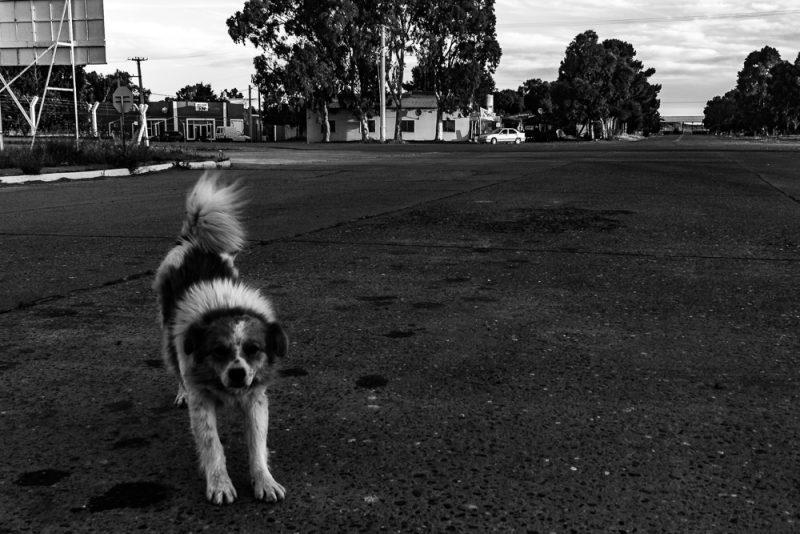 San Antonio Este. Río Negro. 2016 © Leo Micieli
San Antonio Este. Río Negro. 2016 © Leo Micieli
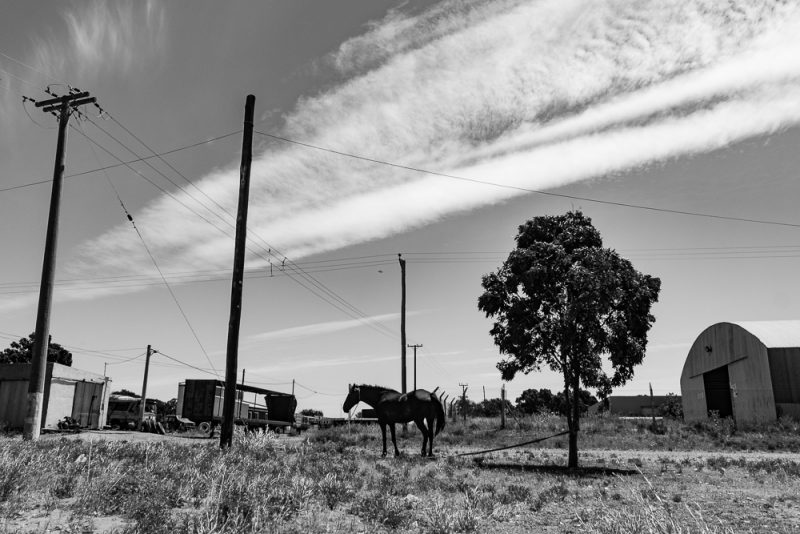 San Antonio Este. Río Negro. 2016 © Leo Micieli
San Antonio Este. Río Negro. 2016 © Leo Micieli
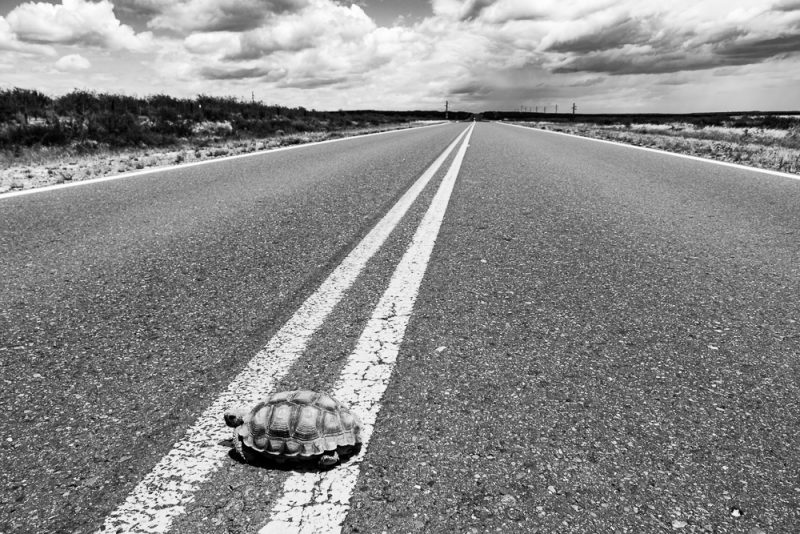 National Route 3. Río Negro. 2016 © Leo Micieli
National Route 3. Río Negro. 2016 © Leo Micieli
Nearby this town, less than five minutes or a few hundred meters from here, there are some beaches, quite particular ones for many reasons. First of all, definitely these beaches do not fit into mass tourism category, and I dare to say that not even into the whole category of tourism. In a general way, it would be better to depict them as follows: tons of white seashells all over dispersed until where the sight reaches. As a mountain native, I never saw or imagined something like that. It's a pleasure walking on them because they produce a kind of therapeutic sound. And when water hits the shore, it's the nearest analogy of a sound to a starry night.
Although it is not, one can feel the sensation of being in a virgin territory, far away from the usual invasion of people and all kind of artificial stuff, with no more perceptions than those that Nature provides to the senses. A few people arrive here, they are far, they look small in the distance, they are in peace, such as one is.
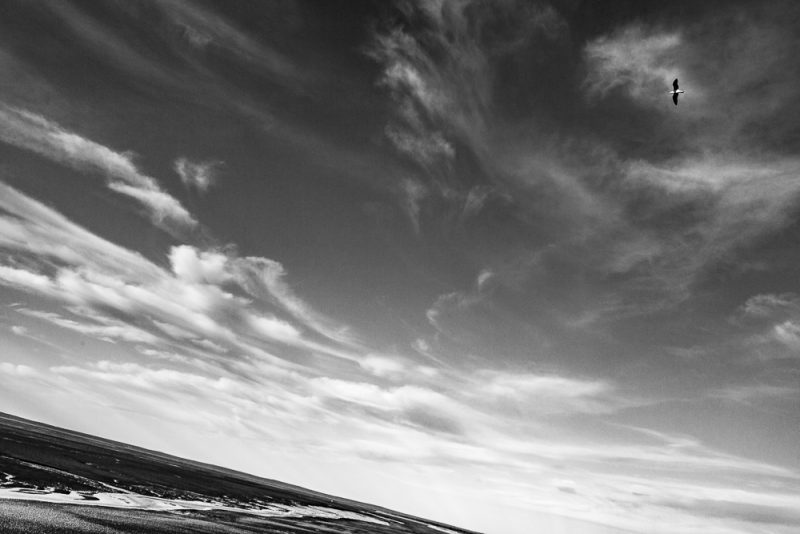 Punta Perdices. Río Negro. 2016 © Leo Micieli
Punta Perdices. Río Negro. 2016 © Leo Micieli
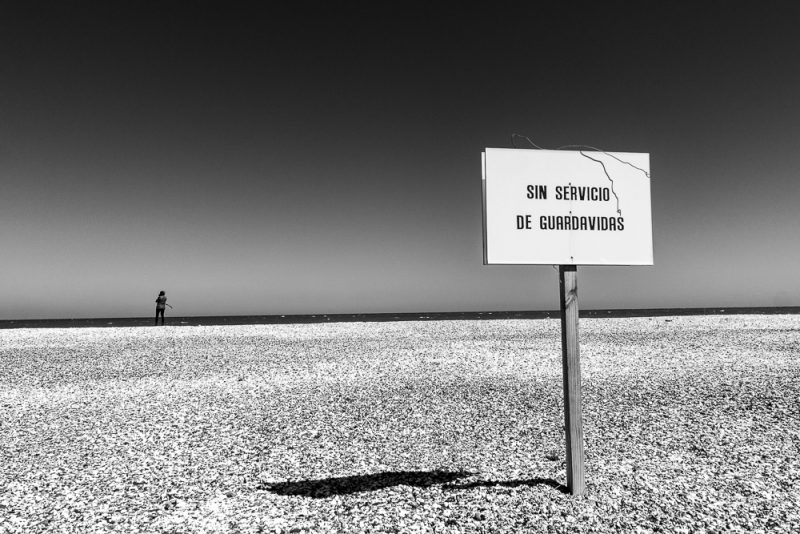 Las Conchillas Beach. Río Negro. 2016 © Leo Micieli
Las Conchillas Beach. Río Negro. 2016 © Leo Micieli
 Punta Perdices. Río Negro. 2016 © Leo Micieli
Punta Perdices. Río Negro. 2016 © Leo Micieli
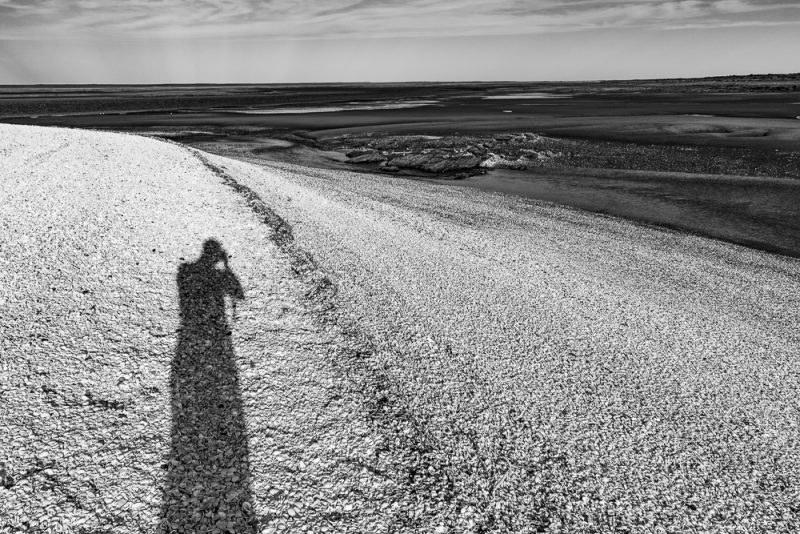 Punta Perdices. Río Negro. 2016 © Leo Micieli
Punta Perdices. Río Negro. 2016 © Leo Micieli
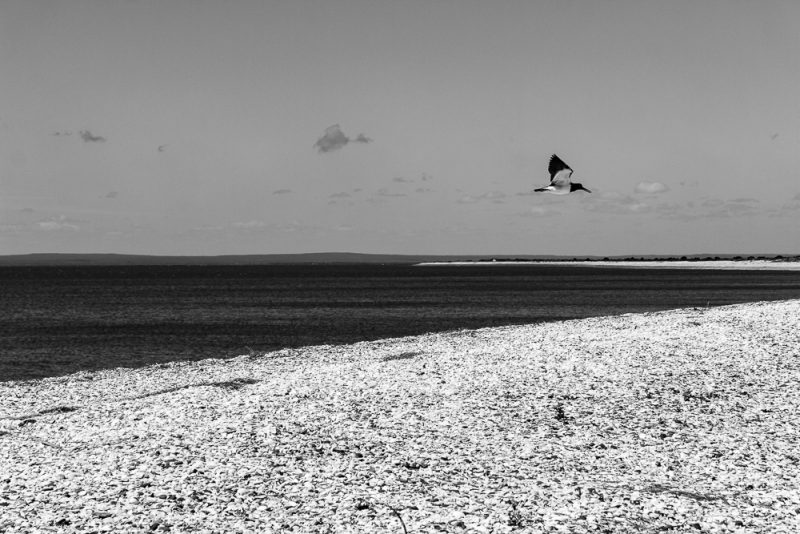 Punta Perdices. Río Negro. 2016 © Leo Micieli
Punta Perdices. Río Negro. 2016 © Leo Micieli
Born in the bay of San Antonio, one hour far away it's placed the other twin, San Antonio Oeste. With a population quite higher than the port, it's the main town of the homonymous county, and it has a more active working activity, though it still persists the air of a village, something that is clearly noticed. It preserves some old constructions, houses built of corrugated zinc sheets, children at school keep playing old-fashioned games. Of course, this is a first and only impression of this town in which I stayed for a few hours, it's not enough for describing anything, but I felt surprised to find myself repeteadly with situations and aspects which, fortunately, are saved from the pass of the time and the so called progress, which we know it is not really.
It makes one think about how much of this modern life is certainly useful. How many things make our life better or simpler. What should we leave behind in order to only keep what make us feel good.
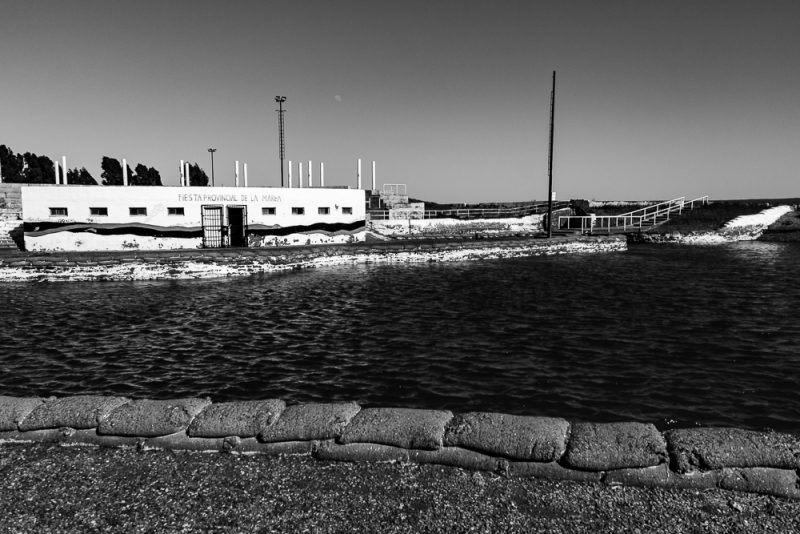 San Antonio Oeste. Río Negro. 2016 © Leo Micieli
San Antonio Oeste. Río Negro. 2016 © Leo Micieli
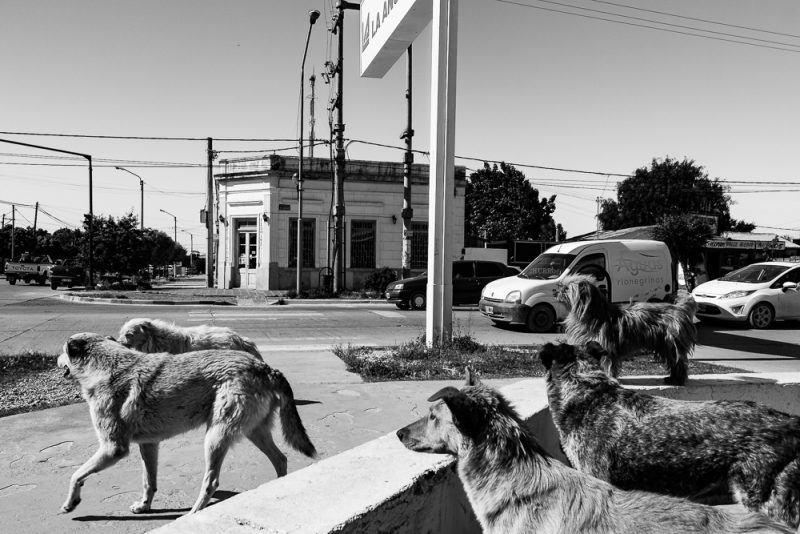 San Antonio Oeste. Río Negro. 2016 © Leo Micieli
San Antonio Oeste. Río Negro. 2016 © Leo Micieli
Since some decades ago Las Grutas has become into a very important summer destination, a touristic alternative that progressively is being more alike to the northern beaches. Geographically talking, it is evident that there is beauty in here. The name of this place tells something about its characteristics: grottoes (grutas) and low altitude cliffs skirt the shore and they are its distinctive sign, plus other cliffs, higher, from which one can watch the unlimited sea, surprisingly a warmer temperature water with green-blue tones of color, and an environment that makes one think that this place is not Patagonia. This aspect may have a good side or not, or both at once, depending on who experiences it.
It is a town that shows very clear signs of urban growing, and even more touristic growing. I arrive at the end of November, it's still low season, and between 2 pm and 7 pm there is a high amount of tourists, plus all the consequences of it. Here is when the idea of being in Patagonia begins to vanish.
 Las Grutas. Río Negro. 2016 © Leo Micieli
Las Grutas. Río Negro. 2016 © Leo Micieli
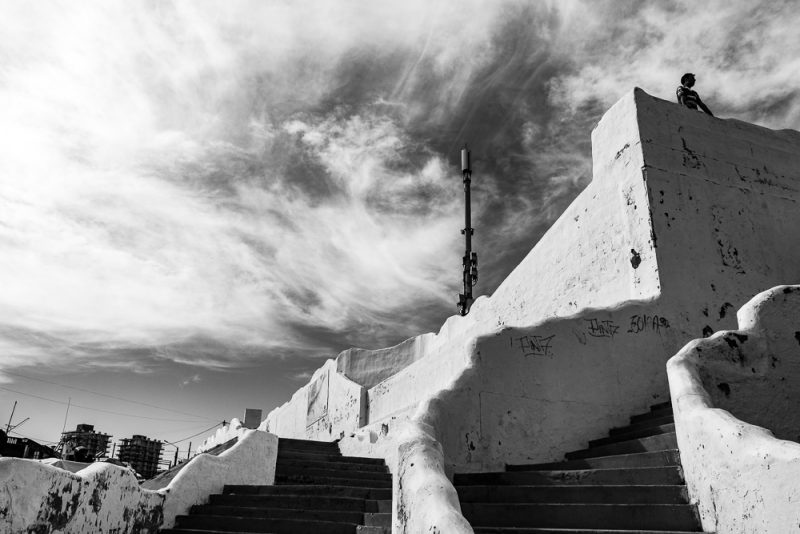 Las Grutas. Río Negro. 2016 © Leo Micieli
Las Grutas. Río Negro. 2016 © Leo Micieli
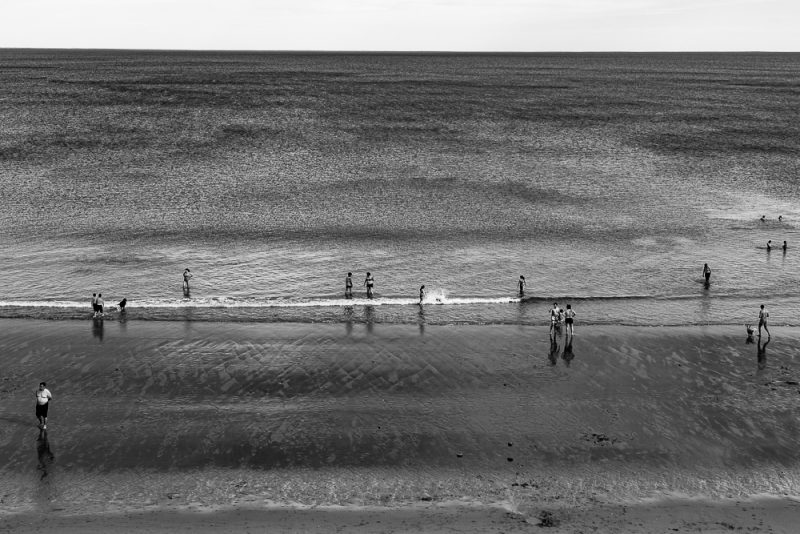 Las Grutas. Río Negro. 2016 © Leo Micieli
Las Grutas. Río Negro. 2016 © Leo Micieli
Aside from tourism, whether it be casino, souvenirs shops, food, bars, glamour-french fries symbiosis, and a long list of touristic musts, it's a very nice place. Low waves, rocks which form water pools at low tide, soft sand, a blue and warm environment, and of course the grottoes. The local fauna also appears as it can. The beautiful burrowing parrots are still living in their caves, and squawking they try to take the beach. It is evident that they can't, but they don't give up. A sea lion appears in the sea, and from time to time it put its head out from the water by the side of a swimmer, who doesn't notice it. I've been said that sea lions are very curious animals, and very funny too.
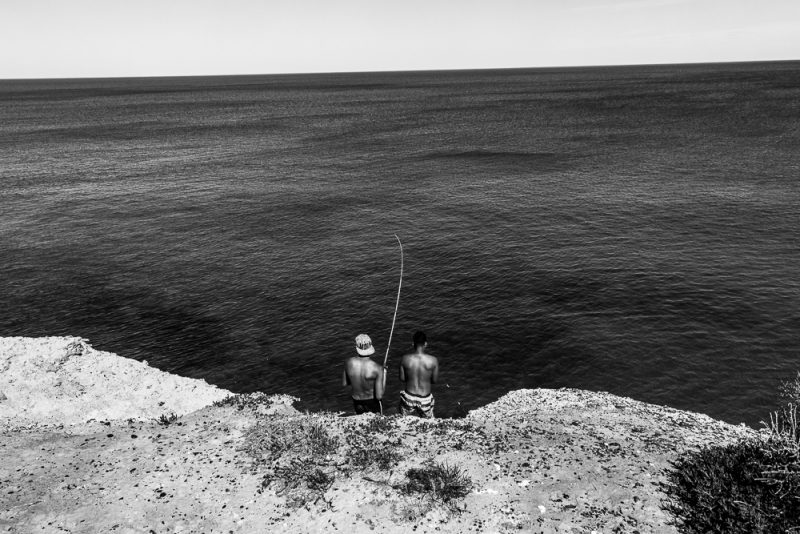 Las Grutas. Río Negro. 2016 © Leo Micieli
Las Grutas. Río Negro. 2016 © Leo Micieli
 Las Grutas. Río Negro. 2016 © Leo Micieli
Las Grutas. Río Negro. 2016 © Leo Micieli
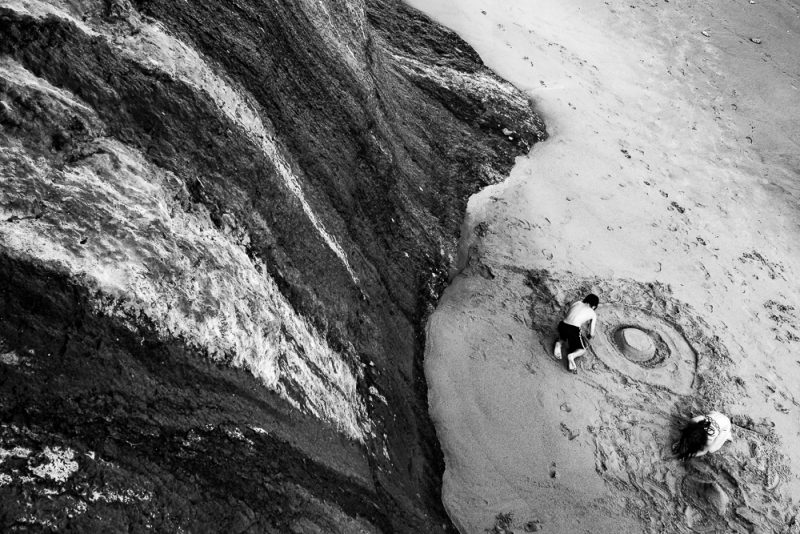 Las Grutas. Río Negro. 2016 © Leo Micieli
Las Grutas. Río Negro. 2016 © Leo Micieli
At 130 km far from Viedma by Route 3 it's the Caleta de los Loros Reserve. Again I feel the same of other parts of the Patagonian coast, that I am in a virgin land, but this time in a larger place. The combination of strong winds, tides and sand produces beautiful shapes in the soil and rocks, impossible to be designed. Lots of salt water puddles and wet sand mixed with dry, curves and more curves over the dunes covered by tamarisks. Well, at this point of the trip it should not be a surprise, but it is, over and over again.
It's logical: for us, used to see concrete, plastic and smoke as something natural, getting rid of what we no longer use and pretending to make the things better than the Earth, as urban-western human beings, wonderful places that work perfectly like this are precisely why we should we in awe of nature.
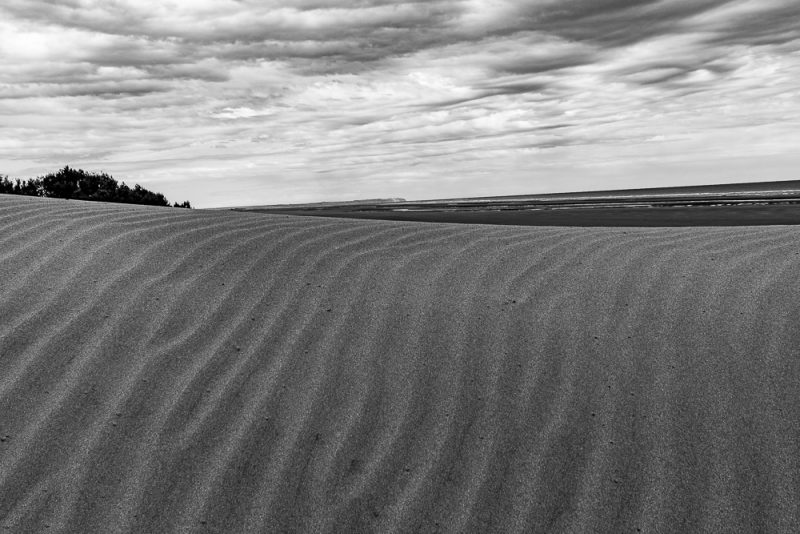 Caleta de los Loros Reserve. Río Negro. 2016 © Leo Micieli
Caleta de los Loros Reserve. Río Negro. 2016 © Leo Micieli
 Caleta de los Loros Reserve. Río Negro. 2016 © Leo Micieli
Caleta de los Loros Reserve. Río Negro. 2016 © Leo Micieli
 Caleta de los Loros Reserve. Río Negro. 2016 © Leo Micieli
Caleta de los Loros Reserve. Río Negro. 2016 © Leo Micieli
This is so extensive and wide that the other people here do not disrupt the quietness. Unless it happens what we all know, trash, fires, high volume noises from a van on the beach. Even there are people who come here with their vehicles and quads and there is no invasion at all, and besides the drawings of the tracks in the sand are very interesting too, drawings that will be erased by the sea in order to clean the canvas for the next day.
It's a huge pleasure enjoying of places like this, but even more when we know well about our vices and behaviours and, at least those who want to be conscious of that, don't fall in the same habits.
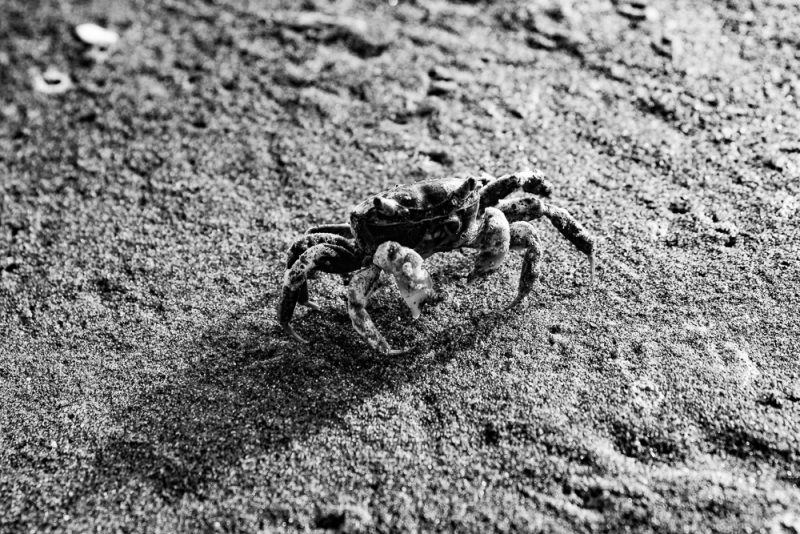 Rock crab, Caleta de los Loros Reserve. Río Negro. 2016 © Leo Micieli
Rock crab, Caleta de los Loros Reserve. Río Negro. 2016 © Leo Micieli
 Caleta de los Loros Reserve. Río Negro. 2016 © Leo Micieli
Caleta de los Loros Reserve. Río Negro. 2016 © Leo Micieli
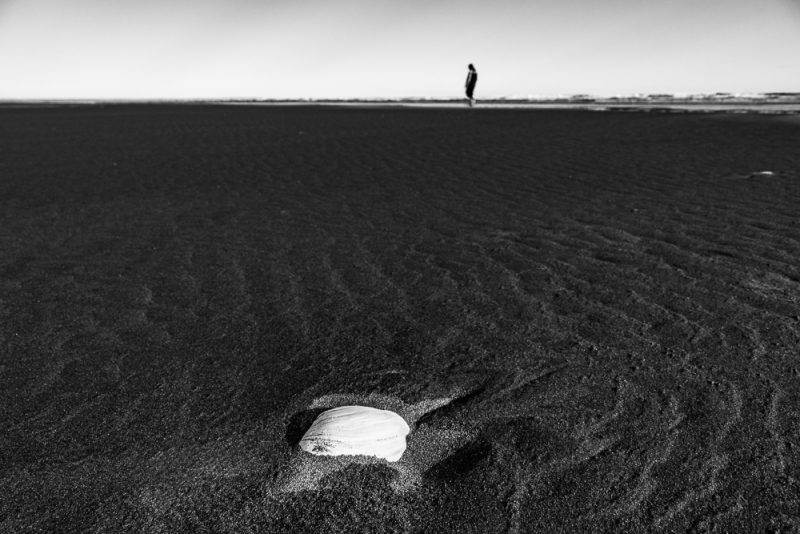 Caleta de los Loros Reserve. Río Negro. 2016 © Leo Micieli
Caleta de los Loros Reserve. Río Negro. 2016 © Leo Micieli
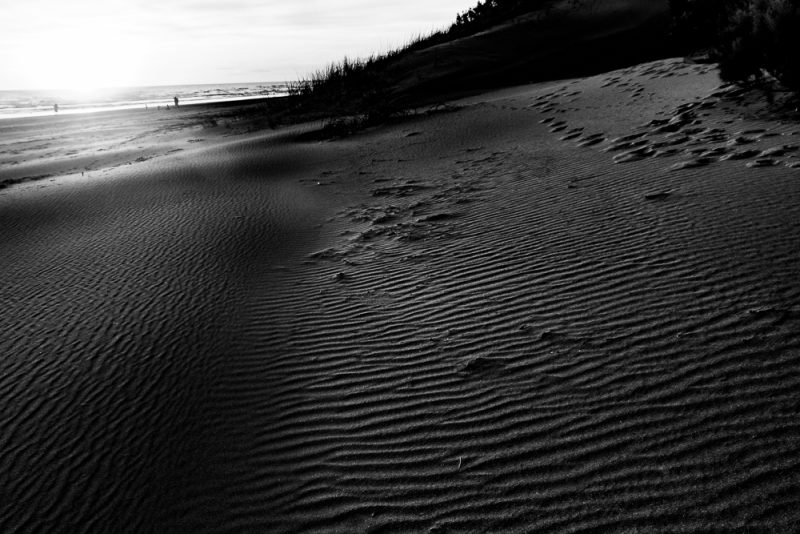 Caleta de los Loros Reserve. Río Negro. 2016 © Leo Micieli
Caleta de los Loros Reserve. Río Negro. 2016 © Leo Micieli
I knew that coming to Patagonia would be more than a return to the place once I fell in love with. I confirm this all the time, I choose this all the time. Just a few days left to end this year, and I feel renewed air, a wider sight and closer to what I really am: someone simpler of what I supposed.
Beyond the beautiful places that I visited so far, I keep for myself the wonder that they made me feel, the sensation of being part of the infinite, that one is infinite too. When did we lose this greatness? Does this greatness exist? What can we do in order to recover it? I have no intention in finding answers, I don't need them right now. The questions by themselves have brought me here.
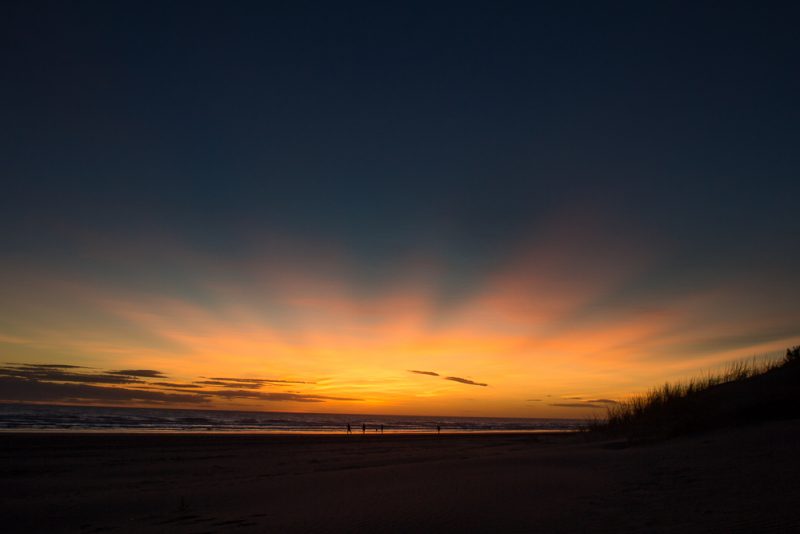 Caleta de los Loros Reserve. Río Negro. 2016 © Leo Micieli
Caleta de los Loros Reserve. Río Negro. 2016 © Leo Micieli
Guillermo (29/12/2016)
Felicitaciones Leo. Feliz 2017. Que aparezcan un montón de nuevas experiencias para disfrutar. Abrazo.
Gracias Guille! Feliz 2017 para vos también!
Nora (29/01/2017)
Hermoso!
Km 30-100 - First impressions in Patagonian Coast
Km 100-410 - The sea
Km 410-3650 - 'Stop, look, listen'. (Part 1/2)
Km 410-3650 - 'Stop, look, listen'. (Part 2/2)
Km 3650-4190. Puerto Madryn - Puerto Pirámides - Bird Island
Km 4190-4710. Trelew-Comodoro Rivadavia-Caleta Olivia
Km 4710-5750. Coast of Santa Cruz. (Part 1/2)
Km 4710-5750. Coast of Santa Cruz. (Part 2/2)
Km 5750-6960. Tierra del Fuego
Km 6960-8800. West of Santa Cruz.
Km 8800-9670. San Jorge Gulf Basin.
Leave a Reply